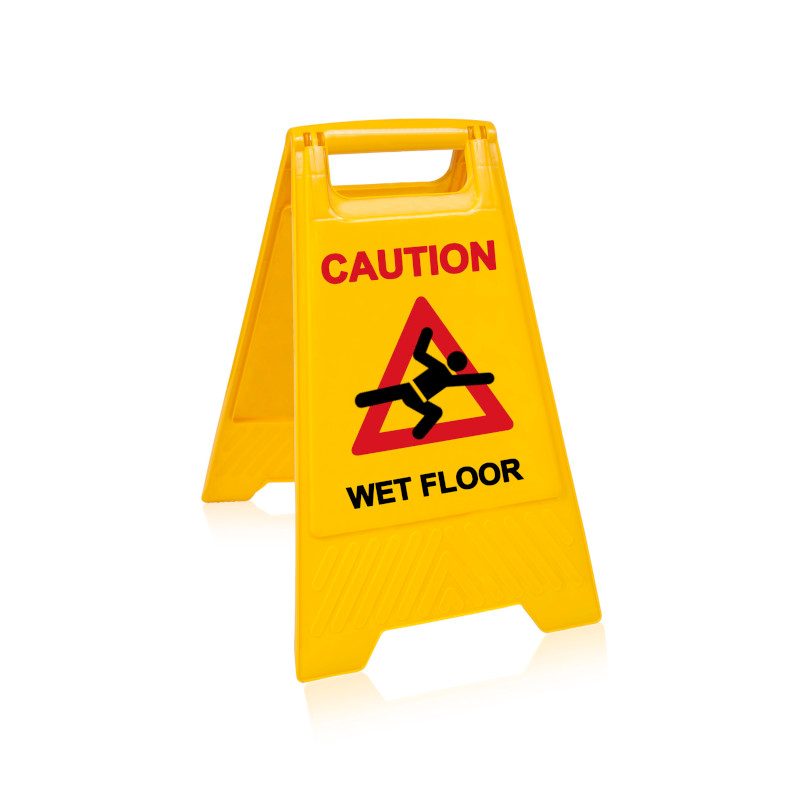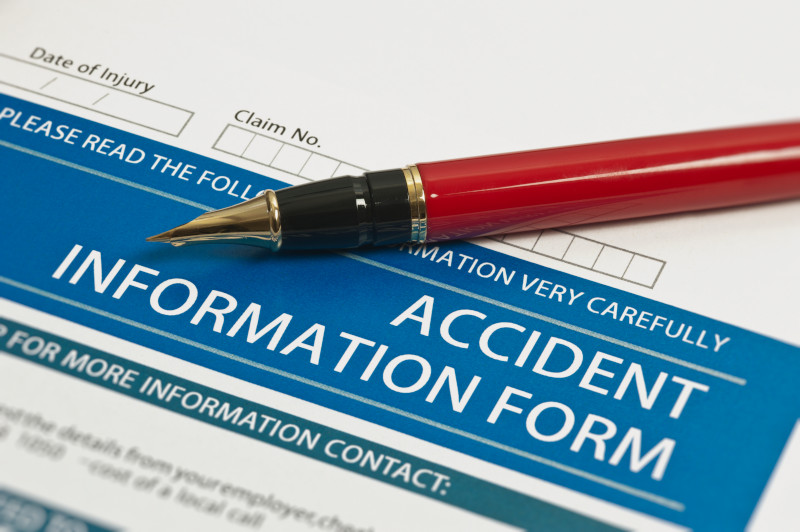Lead in Schools

The discovery of lead contamination in Michigan has raised national awareness of potential contaminants in drinking water. There is no safe level of lead, which can permanently damage children’s brains. CM Regent risk management experts recommend following Environmental Protection Agency (EPA) guidelines, outlined below, in checking several areas—not just water lines/sources—for potential lead exposure:
- Interior painted areas— Examine walls and interior surfaces to see if the paint is cracking, chipping or peeling, and check areas on doors or windows where painted surfaces may rub together.
- Exterior painted areas— Check exterior paint as well; it can flake off and contaminate nearby soil where children may play.
- Surrounding areas— Be sure there are no large structures nearby with peeling or flaking paint that could contaminate the soil around play areas.
- Playground equipment—Older equipment can contain lead-based paint.Because schools have limited funds, you should prioritize sampling sites based on potential use and risk. The EPA recommends the following as priority sites:
High priority:
- Drinking fountains.
- Kitchen sinks.
- Classroom combination sinks and drinking fountains.
- Home economic rooms’ sinks.
- Teachers’ lounge and nurse’s office sink.
- Sinks in special education classrooms.
- Any sink known to be used for consumption (for example, a sink that has a coffee maker or cups nearby).
Medium priority:
- Classroom sinks.
- Bathroom faucets (children may drink from these).
Low priority:
- Utility sinks and hose attachments, unless they are used to fill water jugs (for example, for sports team practice).
- Hot water outlets. (You should never use hot water for drinking or cooking—lead leaches more easily into hot water than into cold water. The water may also sit in contact with lead components in a hot water tank.)
Know the school’s source of water:
The EPA’s action level is 15 parts per billion (ppb) for lead in public water sources (PWS).
For schools that receive water from a PWS, obtain a copy of the most current lead test results. Ask if the water is optimized for corrosion control and if the PWS has a corrosion control permit. This information will assist in determining the appropriate remedies to any lead problems.
Short-term measures:
Flush the pipes: Let the water run to bring in fresh water that has not been standing in the pipes. Do this over a night or weekend. Flushing times can vary based on the plumbing configuration. It also depends on whether your facility has lead service lines. If you are unsure of the appropriate flushing time, contact your water utility.
Provide bottled water. Confirm that the source of bottled water is lead-free.
Permanent remedies:
First, obtain an understanding of your water supply, including water characteristics. Also, understand the lead conditions in the facility through testing. Then, examine permanent remedies and select the most appropriate to the situation.
- Install corrosion control devices for individual buildings, known as point-of-entry devices.
- Install point-of-use devices that control lead at the tap.
- Find alternate grounding for electrical wires that are grounded to water pipes.
- Replace lead service line and other lead pipes.
- Replace outlets where there is localized contamination with new, certified components.
For more information on lead exposure in your school, visit cmregent.com or contact Sharon Orr at (717) 790-2324 or sorr@cmregent.com.




